Welcome to the PerGeos Use Case Gallery
Below you will find a collection of use cases using PerGeos Software. Based on the technology of its predecessor Avizo Software, PerGeos is a robust software platform for visualizing, processing, and analyzing 2D and 3D digital rock image data.
These use cases include scientific publications, articles, papers, posters, presentations or even videos that show how PerGeos is used to address various scientific and industrial research topics.
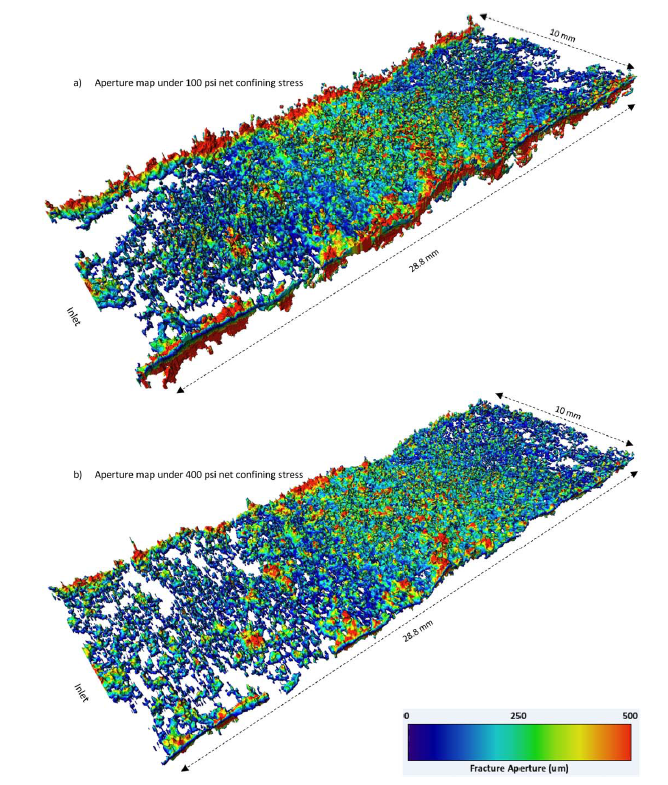
Pore‐Scale Experimental Investigation of Two‐Phase Flow Through Fractured Porous Media
Understanding transport mechanisms that govern two-phase flow in fractured porous media has direct implications for natural and industrial processes such as extraction of hydrocarbons from fractured reservoirs, geologic sequestration of CO2, or fluid flow through aquifers.
We present the results of a systematic pore‐scale experimental investigation of two‐phase oil/brine flow through a miniature water‐wet, fractured sandstone core sample. X‐ray microtomography is employed to ge... Read more
M. Arshadi, M. Khishvand, A. Aghaei, M. Piri, G. A. Al‐Muntasheri
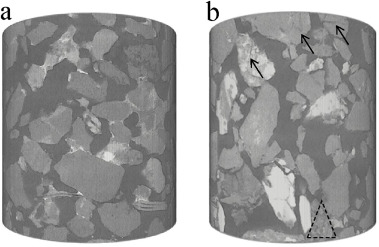
This study investigated the influence of compaction on the variation mechanism of petrophysical properties and the relative permeability of unconsolidated sandstone.
Firstly, triaxial mechanical experiments, CT scans, and mercury injection experiments were performed to analyze the microstructural characteristics and the macroscopic mechanism of changes in the petrophysical characteristics under different pressure. Secondly, a modified permeability test approach was adopted on reservoir... Read more
Yu Xiong, Hongguang Xu, Yongqing Wang, Wensheng Zhou, Ling Wang, Kai Feng
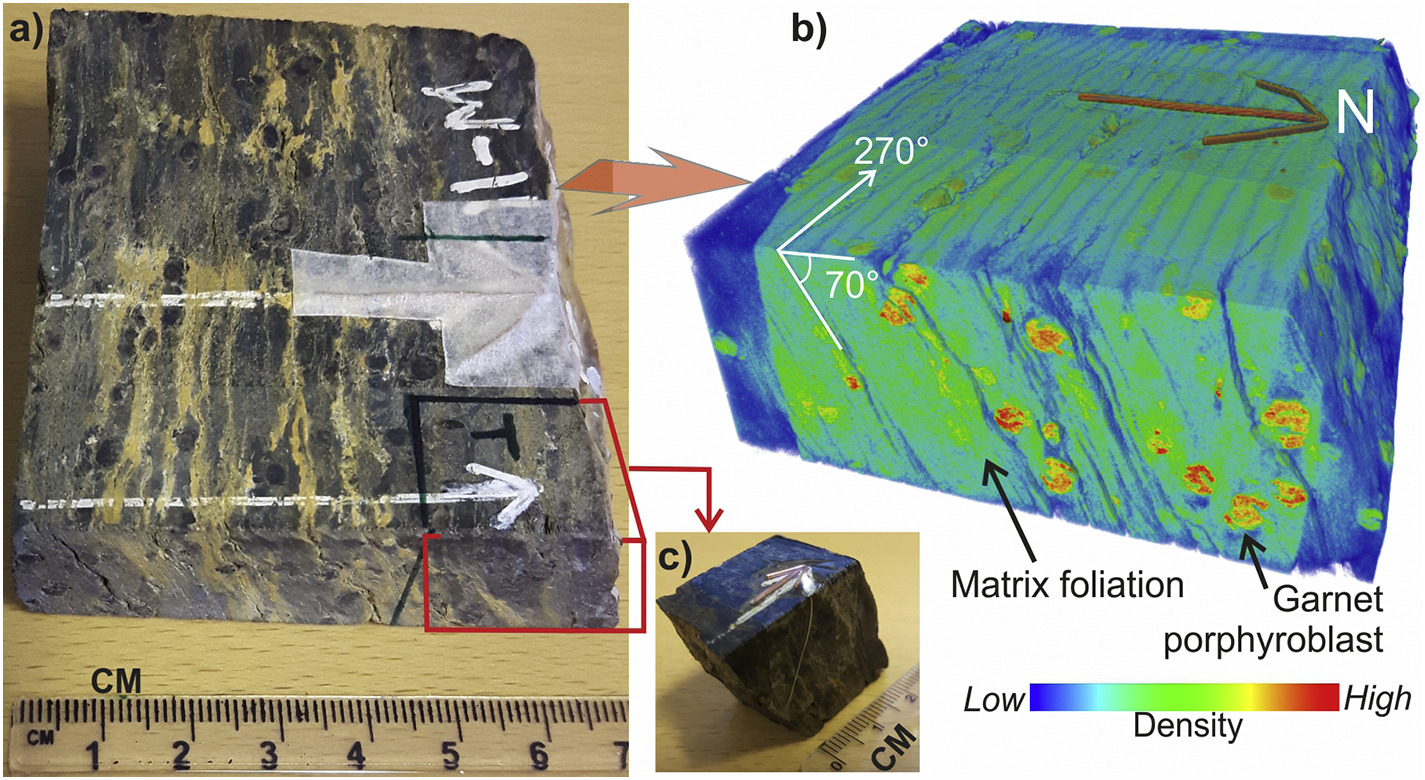
- Virtual petrography, 3D textures and quantitative analysis of spiral garnets.
- Micro-fold axis determination in spiral garnets using X-ray computed tomography.
- 3D spiral patterns unlock the tectonic history of the Karakoram Himalaya.
Spiral garnet porphyroblasts are known to record lengthy periods of deformation and metamorphism by preserving single or multiple FIAs (Foliation Intersection Axis) formed normal to tectonic shortening directions. Thanks to te... Read more
M.Sayab, D.Aerden, J.Kuva, W.U.Hassan
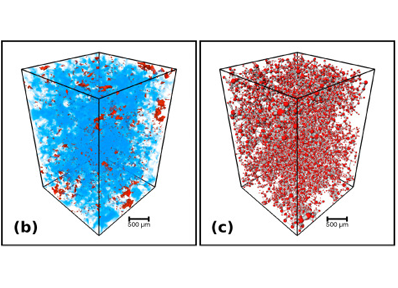
Pore network analysis of Brae Formation sandstone, North Sea
Generating an accurate reservoir model is of critical importance in forecasting the lifespan of hydrocarbon reservoirs and estimating the efficiency of carbon capture and sequestration. One critical parameter controlling the flow of fluids within subsurface reservoirs is the fraction of effective or connected pore spaces in the reservoir. […]
To quantify the connectivity of the pore space, it is therefore necessary to combine high resolution visualization of pore spaces with bulk... Read more
Paul-Ross Thomson; Mark Jefferd; Brett L. Clark; Domenico Chiarella; Tom Mitchell; Saswata Hier-Majumder
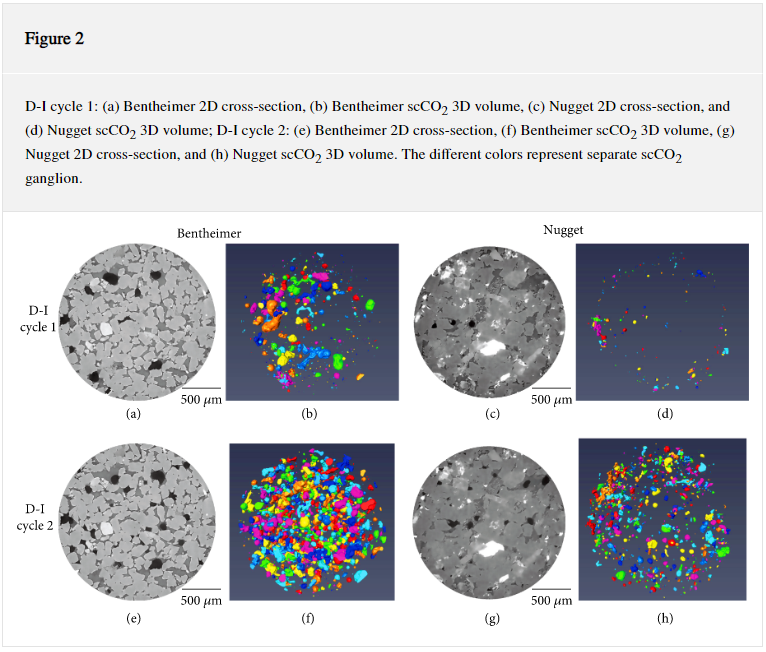
During a Geologic Carbon Storage process, supercritical CO2 (scCO2) is subjected to a series of dynamic and static conditions where the relationship between pore geometry and the trapped scCO2 curvature remains to be established. To mimic the dynamic process, two sandstones, Bentheimer and Nugget, were subjected to two successive drainage and imbibition (D-I) cycles and X-ray computed tomography scanned at each residual state to capture the wettability evolu... Read more
Laura E. Dalton, Dustin Crandall, Angela Goodman
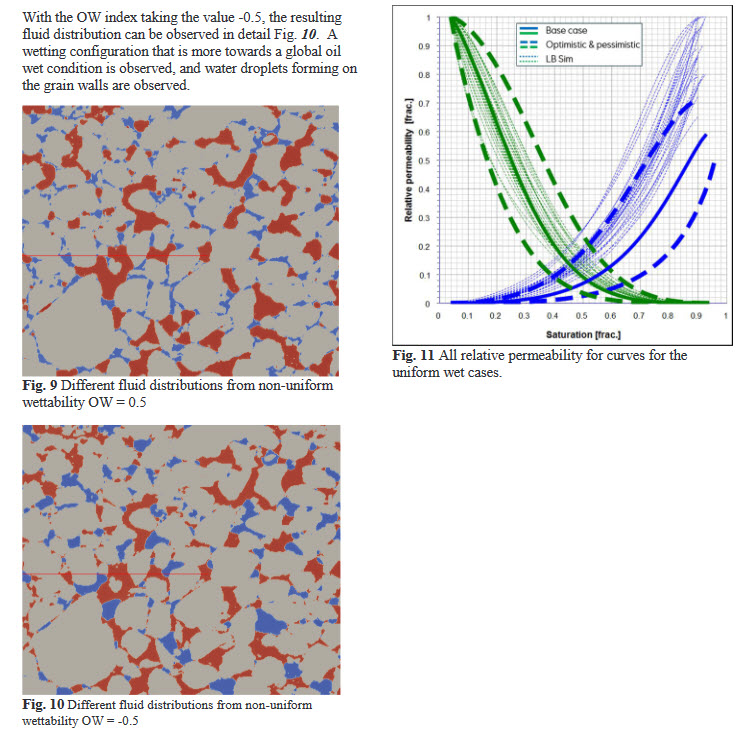
Relative permeability and capillary pressure are key properties within special core analysis and provide crucial information for full field simulation models. These properties are traditionally obtained by multi-phase flow experiments, however pore scale modelling has during the last decade shown to add significant information as well as being less time-consuming to obtain. Pore scale modelling has been performed by using the lattice-Boltzmann method directly on the digital rock models obtain... Read more
ThomasRamstad, Anders Kristoffersen, and EinarEbeltoft
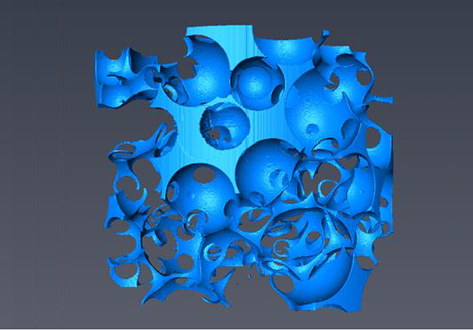
In this study, we examined the relationship between capillary pressure, saturation, and interfacial area for a three-phase flow system. Using x-ray microtomography we were able to capture high-resolution three-dimensional images of the flow system, from which the saturation, interfacial area, and capillary pressure were determined.
Multi-phase flow in porous media includes many instances of subsurface flow. Three-phase flow in particular is important in situations of enhanced oil recov... Read more
Rebecca Paustian

Accurate monitoring of multiphase displacement processes is essential for the development, validation and benchmarking of numerical models used for reservoir simulation and for asset characterization.
Here we demonstrate the first application of a chemically-selective 3D magnetic resonance imaging (MRI) technique which provides high-temporal resolution, quantitative, spatially resolved information of oil and water saturations during a dynamic imbibition core flood experiment in an Esta... Read more
N. P. Ramskill, A. J. Sederman, M. D. Mantle, M. Appel, H. de Jong, L. F. Gladden
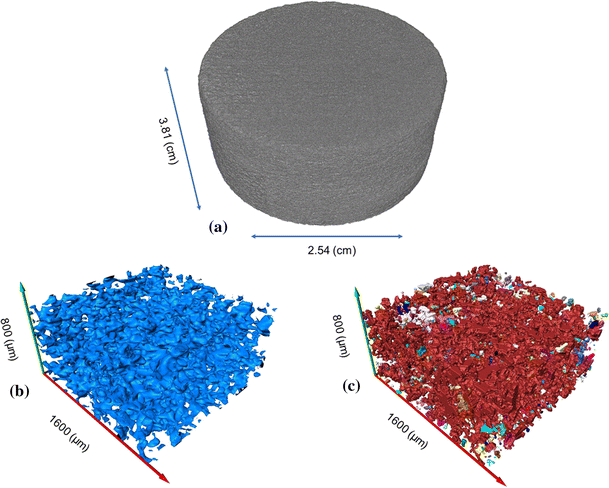
Pore characterization of 3D-printed gypsum rocks: a comprehensive approach
With advancements in additive manufacturing, now 3D-printed core plugs can be duplicated in order to replace natural rock samples. This can help us to control their parameters to be used in different types of experiments for model verifications.
However, prior to such substitutions, we should ensure they can represent natural rock samples through characterizing their physical properties. In this paper, synthetic samples made up of gypsum powder are 3D-printed and then characterized for... Read more
Lingyun Kong, Mehdi Ostadhassan, Chunxiao Li, Naser Tamimi
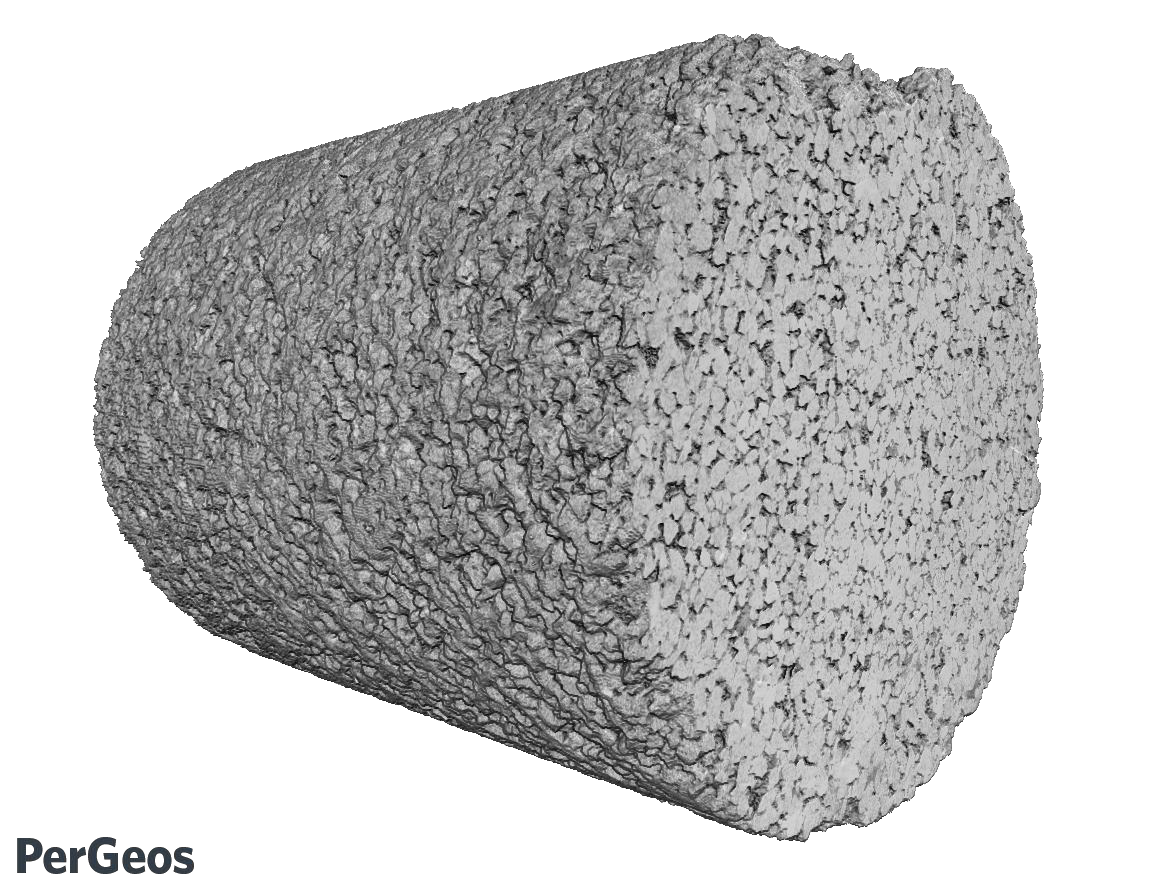
Analyzing Full Micro-CT Image of a Berea Sandstone Mini Plug and the Associated Challenges
X-ray micro-CT imaging is becoming an integral part of rock characterization processes. Large data size, user bias, and accuracy of the results are some of the challenges associated with analyzing micro-CT images of rock samples.
In this article, the PerGeos Digital Rock Analysis software is demonstrated to analyze the full micro-CT dataset of a Berea sandstone mini plug. The analysis is done in blocks using a PerGeos recipe (i.e. a macro) and a block-processing script. The results are... Read more
Arash Aghaei - Thermo Fisher Scientific
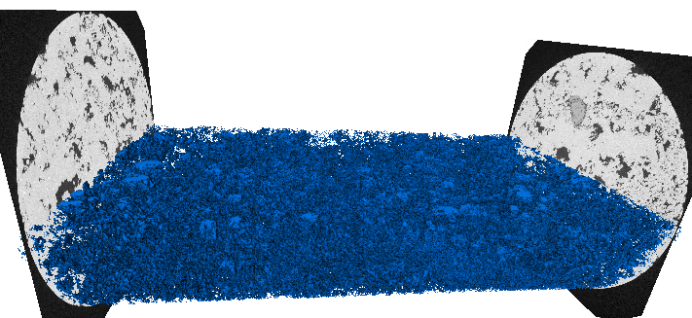
Handling Large data in PerGeos
We introduce here some techniques to visualize and process large data, mostly targeting the high resolution data acquired by Heliscan microCT.
The data is considered as “large” in the sense that its size exceeds the size of the GPU memory and/or the size of the RAM of the machine.
The following workflow:
- Segmentation
- Porosity / Connected porosity determination
- Pore separation / Pore Size distribution
- Grain size distribution
Gwenole Tallec - Thermo Fisher Scientific
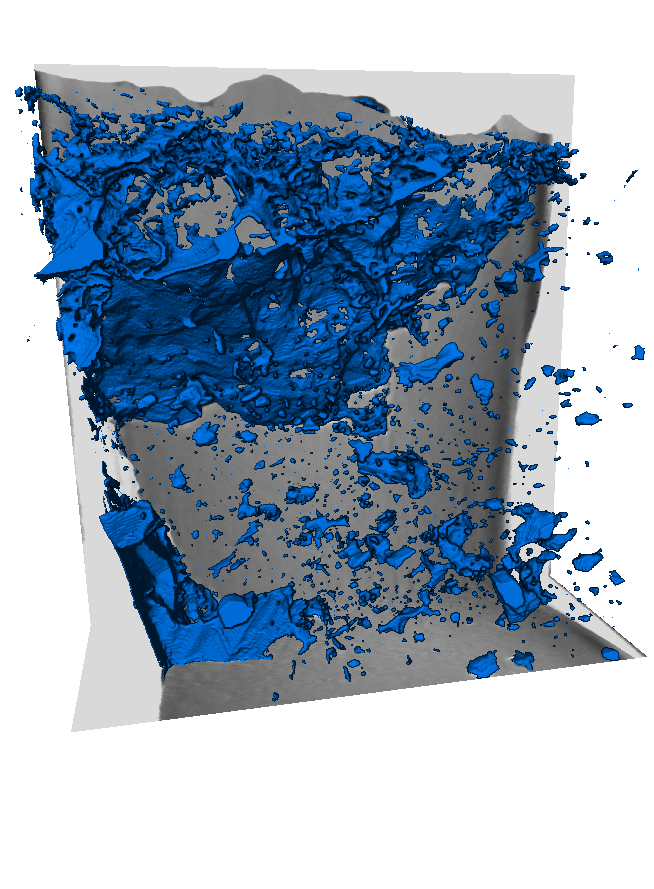
Pore-backs segmentation in PerGeos
Imagery produced from FIBSEMs (Dualbeams) provides users with unique data in terms of resolution and sample size that are not available with other techniques. Despite the power of this analytical approach, some limitations in quantifying the textural data restrict the accuracy of data obtained from FIBSEM images.
These limitations are derived from artifacts that occur during the acquisition of the data. Collecting data using a FIBSEM is a destructive, serial sectioning technique. A thi... Read more
Gwenole Tallec - Thermo Fisher Scientific
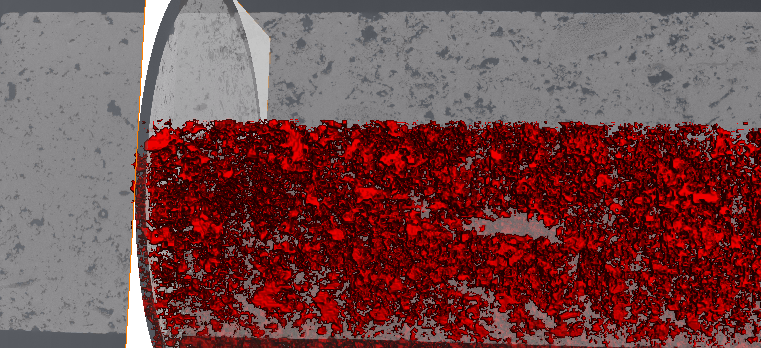
Segmentation tools and workflows in PerGeos
Imagery produced from FIBSEMs (Dualbeams) provides users with unique data in terms of resolution and sample size that are not available with other techniques. Despite the power of this analytical approach, some limitations in quantifying the textural data restrict the accuracy of data obtained from FIBSEM images.
Segmentation typically consists of a complex workflow involving multiple algorithms at multiple steps. Smart denoising and morphological filters are often included in the segm... Read more
Gwenole Tallec - Thermo Fisher Scientific